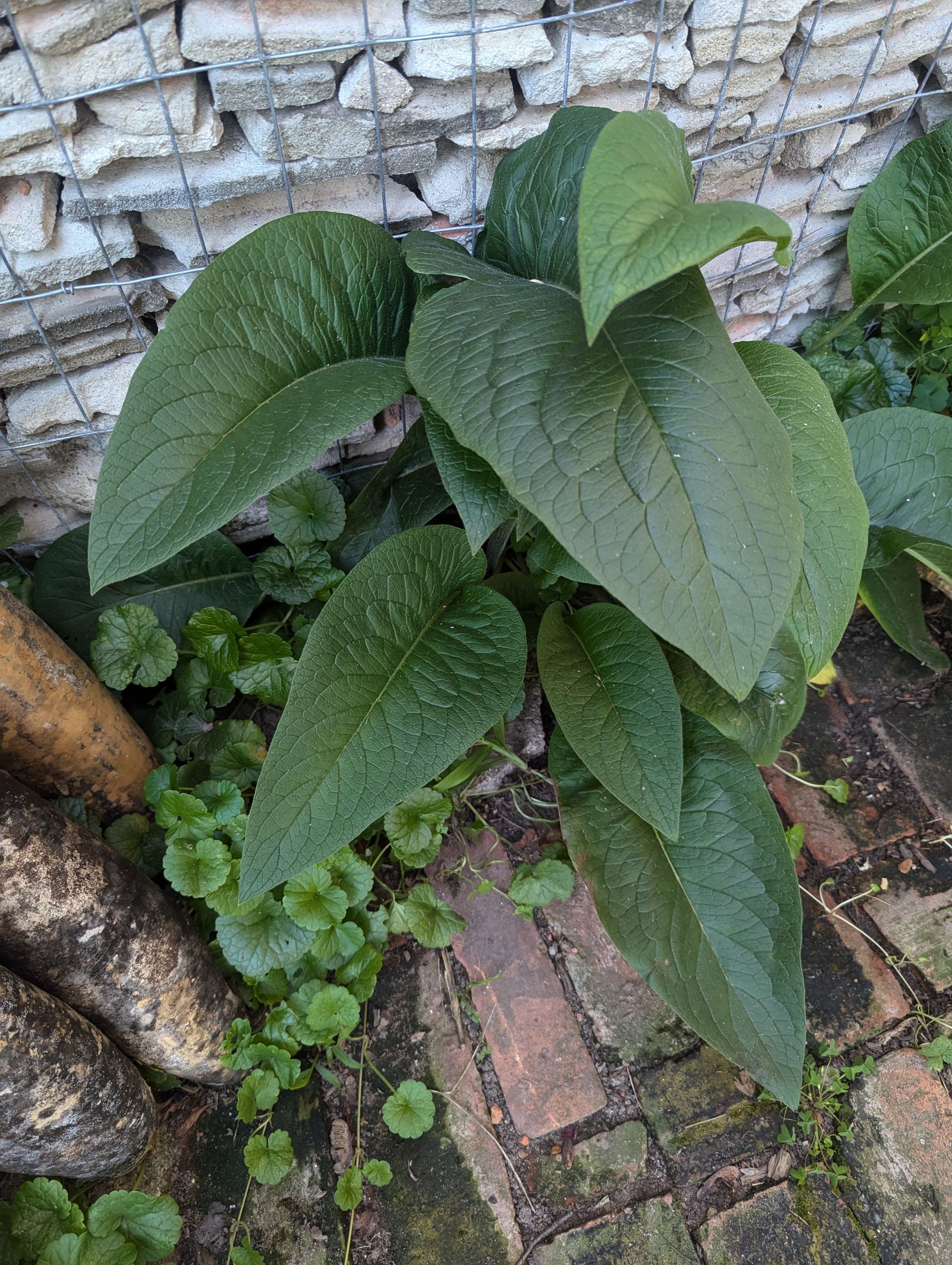Comfrey

Symphytum grandiflorum: The Charming Large-Flowered Comfrey
If you’re looking for a unique plant to spice up your garden, let me introduce you to Symphytum grandiflorum, commonly known as large-flowered comfrey. This charming perennial might just be the perfect addition you didn’t know you needed.
What’s So Special About Symphytum grandiflorum? First off, this plant is a bit of a showstopper. With its large, heart-shaped leaves and clusters of dainty, bell-shaped flowers, it’s hard not to fall in love with its beauty. The flowers, which bloom in late spring to early summer, can be white or pale blue, adding a soft, elegant touch to your garden space. And you know what else? It's practically impossible to kill. If it's getting long and gangly just trim it down and it'll recover before you know it.
You should consider adding Symphytum grandiflorum to your garden. This comfrey variety is fantastic for soil health. Its deep roots work like nature’s rototiller, breaking up compacted soil and improving drainage. Plus, it draws up nutrients from deeper soil layers, which can then benefit neighboring plants.
Beyond its soil benefits, Symphytum grandiflorum is a great companion plant. It makes an excellent ground cover, helping to suppress weeds and keep the soil moist. Its leaves can also be used as a nutrient-rich mulch or compost, giving back to the garden in more ways than one.
A Bit of Caution; while Symphytum grandiflorum is great for the garden, it’s worth noting that, like other comfreys, it has compounds that can be toxic if ingested in large quantities. So, it's best used as an ornamental plant and compost addition rather than for any medicinal purposes.
Growing Symphytum grandiflorum is pretty straightforward. It thrives in partial to full shade, which makes it a perfect choice for those shadier spots in your garden. It enjoys well-drained, moist soil, so keep an eye on watering, especially during dry spells. Plant it about 18 inches apart to give it room to spread out and flourish.


